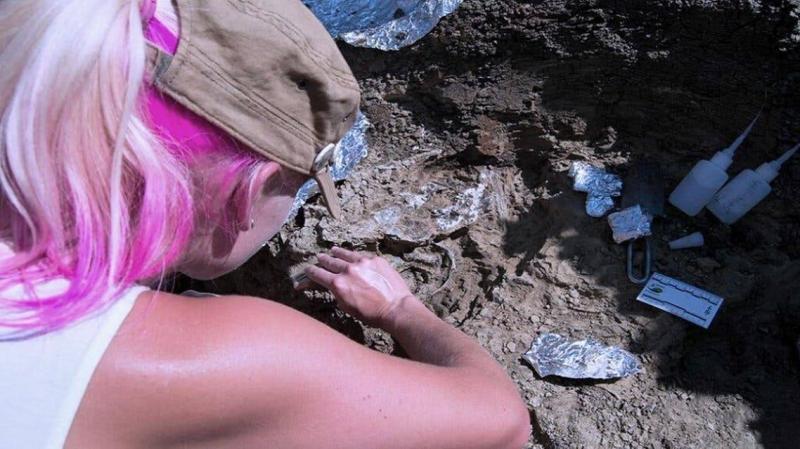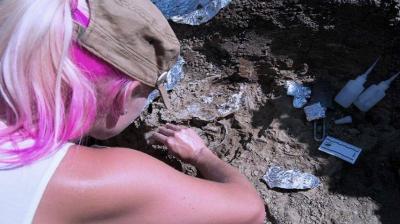The first and last state established by animals on Earth lasted for more than 200 million years, according to research and studies conducted by several scientists from the last century. In summary, the expansive "Dinosaur State" fell with a decisive blow dealt by an asteroid that struck Earth 66 million years ago, specifically colliding with the northern coast of Yucatán in Mexico overlooking its famous bay. From there, in the late spring of their history, the era of the dinosaurs came to an end.
No scientist had discovered that the most dangerous thing to attack Earth struck during the spring until a scientific team recently utilized a fish. This team consisted of scientists from Vrije University in Amsterdam, their counterparts from another university with the same name in Brussels, Belgium, alongside scientists from Uppsala University in Sweden, and others from the European Synchrotron Radiation Facility in Grenoble, France.
The team published their study in the prestigious scientific journal Nature, stating that their conclusions were drawn from finding fossilized remains of a fish known as "sturgeon" from the family Acipenseridae in North Dakota, USA. After using intense X-ray radiography and reviewing the carbon isotope changes in its spines and bones, they found that millions of these fish died approximately an hour after the asteroid's collision, which generated massive waves that mobilized sediments and engulfed the fish, burying them while still alive.
The team discovered that the fossils of these fish were preserved in their original state, showing no signs of chemical change. According to what "Al Arabiya Net" summarizes from the study, the soft tissues of the fish remained intact. The team also investigated how their spines and bones grew "to determine the season in which they died," as stated by Melanie During, a Dutch scientist from Uppsala University and the lead author of the study.
The study also noted that the carbon isotope data on the growth of the sturgeon confirmed that the feeding season had not yet peaked at the time of the asteroid's impact "because death surprised them in the spring." Analysis through the carbon isotopes revealed that the availability of zooplankton, which they favored, was at its peak between spring and summer.
From the spines and bones, scientists deduced the period that marked the beginning of the dinosaur extinction. Melanie also stated that the results reached by the team members "will help uncover the reasons behind the death of most dinosaurs, while early birds and mammals managed to escape extinction." It was also noted by "Al Arabiya Net" in other available online studies that some species of crocodiles, turtles, rodents, insects, and other organisms also managed to survive, despite the asteroid having devastated most creatures on land and in the water, blocking sunlight for over two years due to smoke from fires that scorched vegetation and caused unbearable ice conditions.




